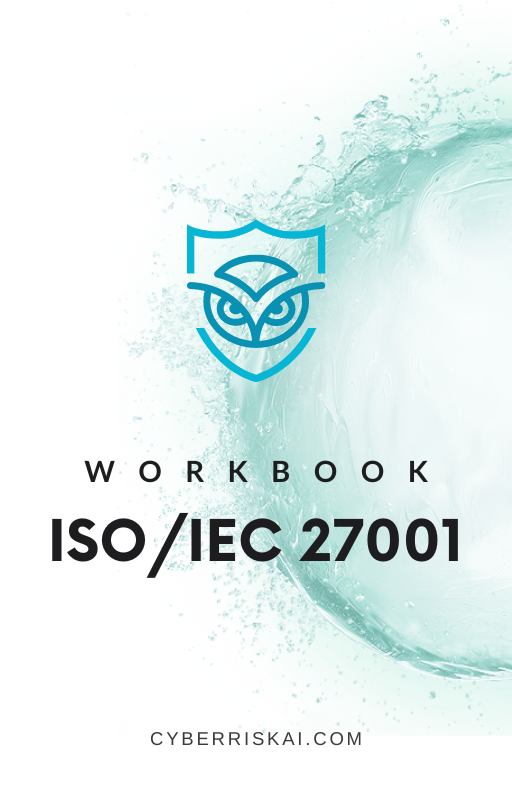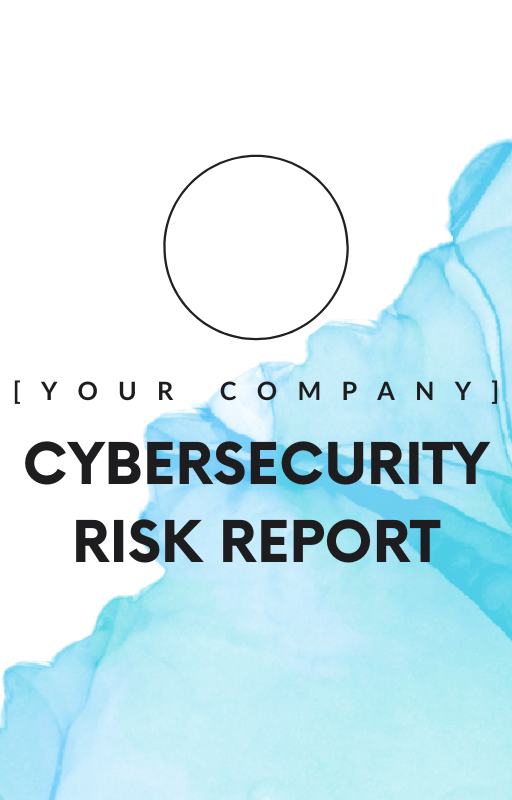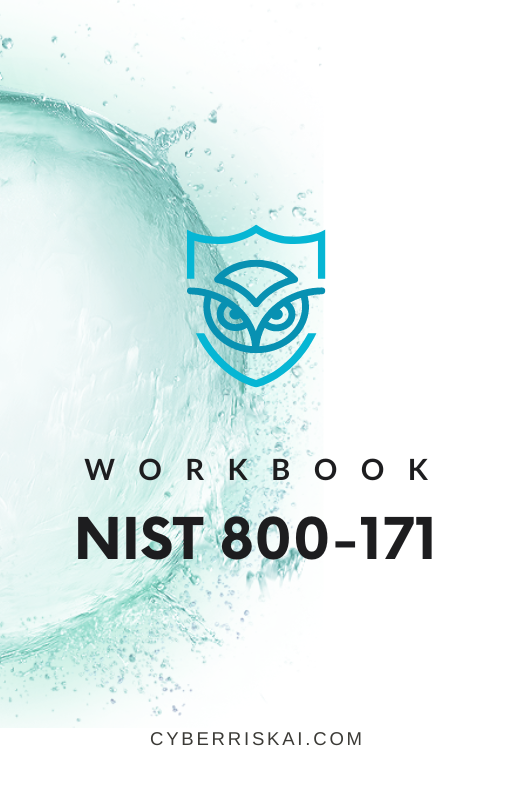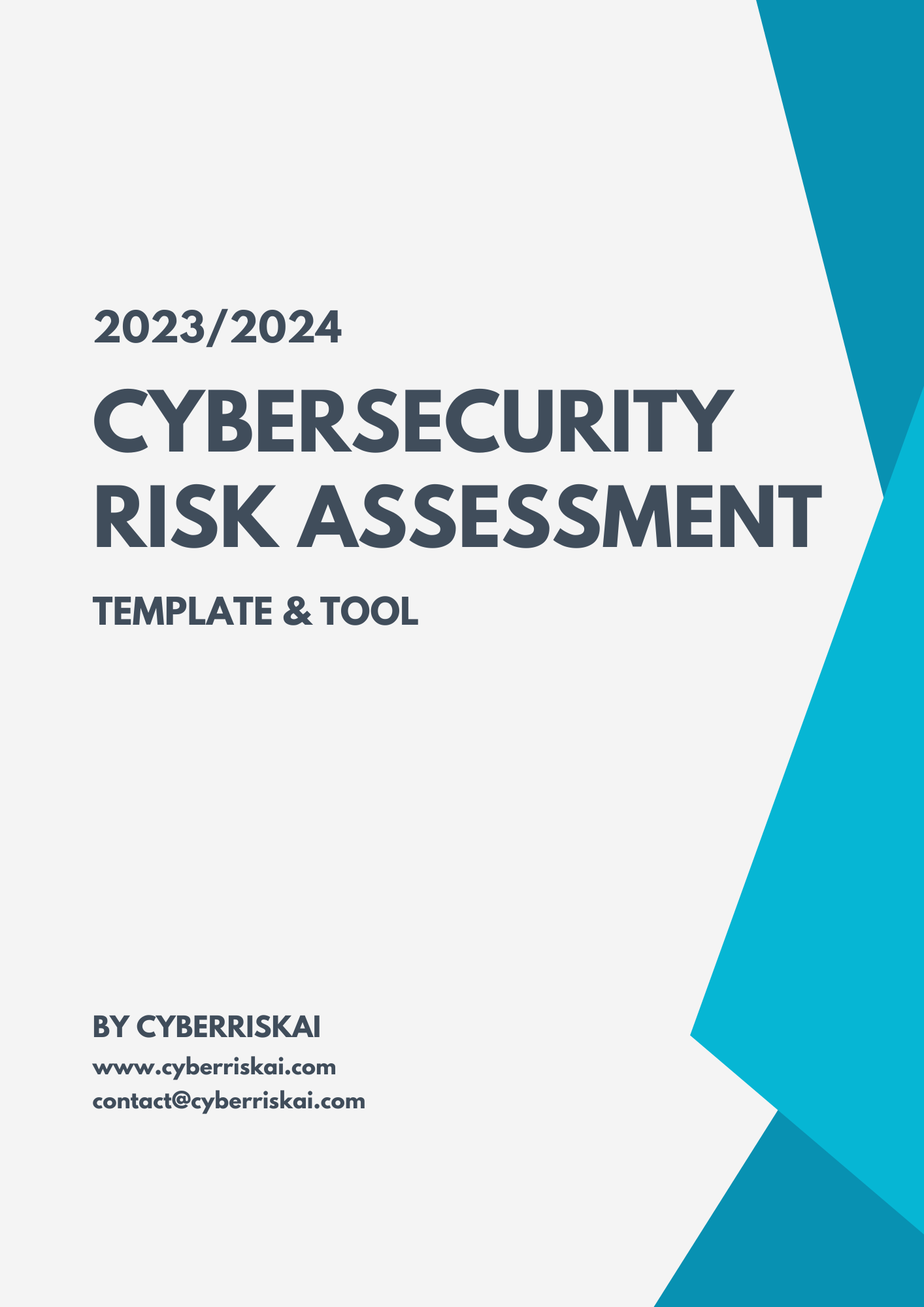NIST Cybersecurity Risk Assessment
In today's world, cybersecurity risks have become an ever-present threat. With the proliferation of new technologies and the rise of the internet of things (IoT), consumers and businesses alike are becoming increasingly vulnerable to cyber attacks. Therefore, it is more important than ever to have a comprehensive cybersecurity risk assessment framework that can assess, identify, and manage potential risks.
The National Institute of Standards and Technology (NIST) provides a comprehensive framework for cybersecurity risk assessment, which is widely recognized and accepted by most organizations, including the government, as an effective way to manage cybersecurity risks. In this article, we will delve deeper into the NIST cybersecurity risk assessment framework and examine its key components.
Overview of the NIST Cybersecurity Risk Assessment Framework
The NIST Cybersecurity Framework (CSF) was first introduced in 2014 by the National Institute of Standards and Technology (NIST) as a voluntary guide that organizations could use to manage and reduce cybersecurity risk. It is designed to help organizations of all sizes, in both the public and private sectors, to strengthen their cybersecurity posture by providing a set of guidelines, best practices, and standards.
The CSF is based on five core functions: Identify, Protect, Detect, Respond, and Recover, which provide a structured and systematic approach to managing cybersecurity risks.
1. Identify
The first step in the CSF is to identify potential security risks and vulnerabilities. It involves taking a comprehensive inventory of all the IT assets in an organization, as well as identifying all the critical business processes and systems that might be vulnerable to cyber attacks. This function also includes the identification of risks associated with third-party vendors and other external entities.
2. Protect
The protect function involves taking proactive measures to safeguard against potential security threats. It includes the implementation of security controls and countermeasures to protect against unauthorized access, intrusion, and data breaches. This function also includes controls to ensure the confidentiality, integrity, and availability of sensitive information.
3. Detect
The detect function involves the continuous monitoring and detection of cybersecurity threats. This is done through the use of intrusion detection systems, firewalls, antivirus software, and other security tools. The goal of this function is to identify and respond to potential threats before they can cause damage.
4. Respond
The respond function involves having a plan in place to respond to potential cybersecurity incidents. It includes the development and implementation of an incident response plan that outlines the steps to be taken in the event of a security breach. This function covers the actions that need to be taken to mitigate the impact of a cyber attack and to prevent future incidents.
5. Recover
The recover function involves having a plan in place to recover from a cybersecurity incident. It includes the restoration of systems and data after an incident, as well as the implementation of measures to prevent similar incidents from occurring in the future.
NIST Cybersecurity Risk Assessment Steps
The NIST CSF is used to guide organizations through a risk-based approach to cybersecurity risk assessment. This approach involves identifying potential risks, evaluating the likelihood and impact of these risks, and determining the appropriate mitigation measures to reduce risk exposure.
Step 1: Risk Assessment
The first step in the NIST cybersecurity risk assessment framework is to conduct a risk assessment. This involves identifying and analyzing potential risks associated with the organization's business processes and IT assets. The goal of this step is to determine the likelihood and impact of potential security threats and to establish a risk management strategy.
Step 2: Risk Management
The second step in the NIST framework is to develop a risk management strategy to manage the identified risks. This includes the implementation of appropriate security controls and measures to reduce risk exposure to an acceptable level. The risk management strategy should include a plan for the ongoing monitoring, evaluation, and improvement of the organization's cybersecurity posture.
Step 3: Risk Mitigation
The third step in the NIST cybersecurity risk assessment framework is to implement risk mitigation measures. This involves the implementation of recommended security controls and measures identified in the risk assessment and management steps. The goal of this step is to reduce risk exposure to an acceptable level.
Step 4: Risk Monitoring
The fourth and final step in the NIST framework is to monitor and evaluate the effectiveness of the risk mitigation measures implemented in the previous step. This includes ongoing monitoring of the organization's IT systems to detect potential security threats and to ensure that the security controls and measures in place are effective. Regular testing should be conducted to ensure that all systems and processes are working appropriately.
Conclusion
The NIST cybersecurity risk assessment framework provides organizations with a comprehensive guide for managing cybersecurity risks. By following the framework's approach, organizations can identify potential risks, implement appropriate security controls and measures, monitor and evaluate the effectiveness of their cybersecurity posture, and respond to potential security threats in a timely and effective manner.
Cybersecurity is an ongoing process, and organizations need to continuously evaluate and improve their cybersecurity posture. The NIST framework provides a useful tool for ensuring that organizations stay ahead of evolving cybersecurity threats and that they have a comprehensive and effective cybersecurity risk assessment strategy in place.
Still unsure what a NIST cybersecurity risk assessment is or how it can help you? CyberRiskAI can help.



